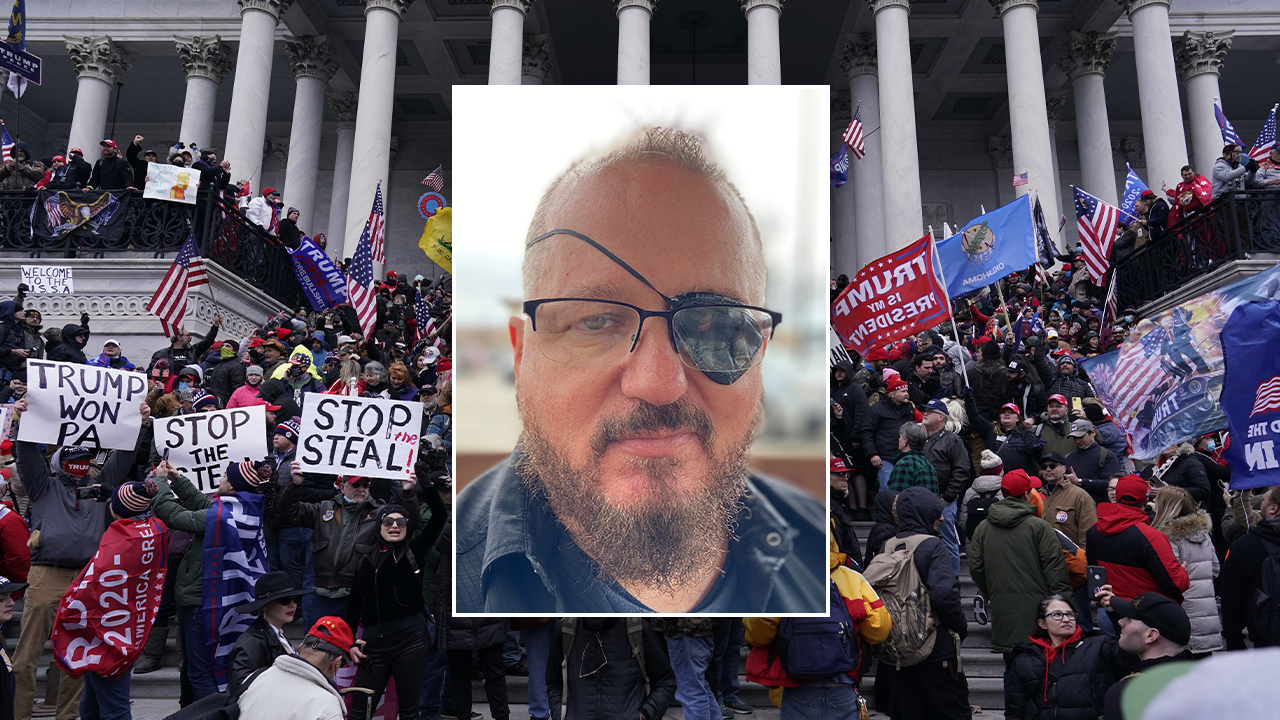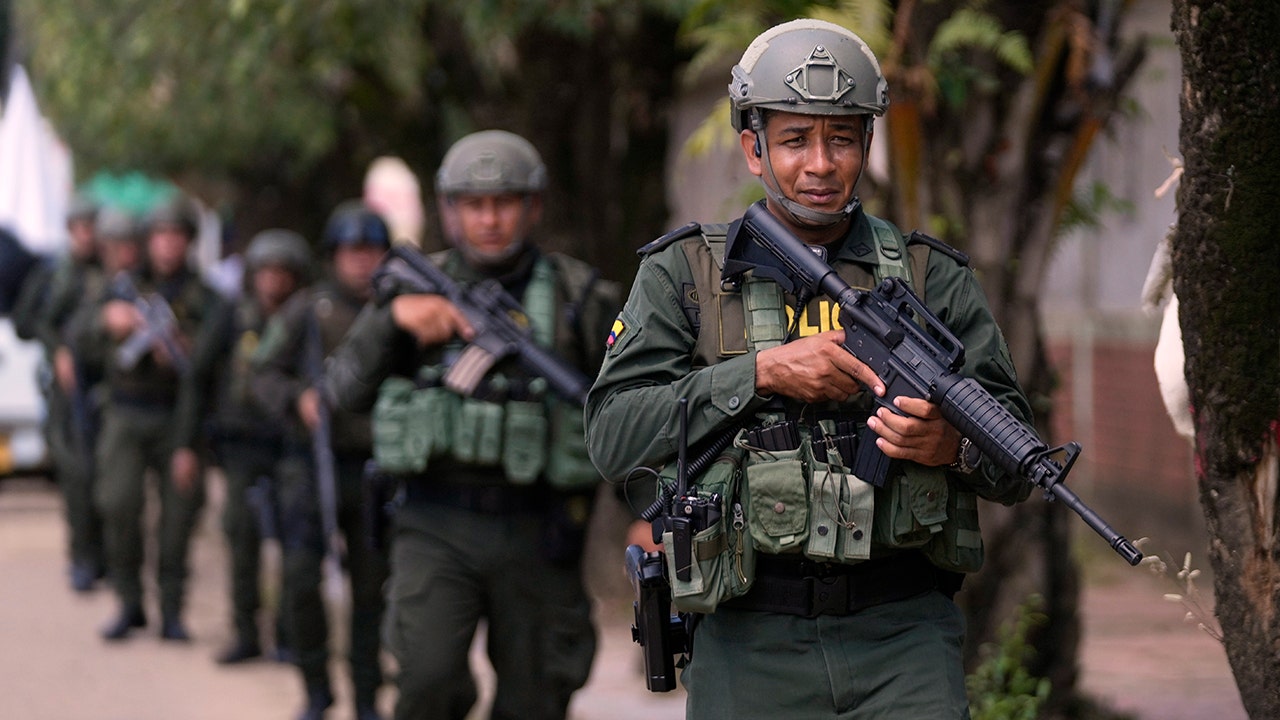Two weeks after President Biden reversed himself and approved firing American weapons into Russian territory, he and his closest allies are preparing a different kind of assault, using the proceeds from Russia’s own financial assets to aid the reconstruction of Ukraine.
For two years, the world’s largest Western economies have debated how to deal with $300 billion in frozen Russian assets, which the Kremlin left in Western financial institutions after the Ukraine invasion began in 2022.
Now, after long debates about whether the West could legally turn those assets over to the government of President Volodymyr Zelensky of Ukraine, the allies seem on the brink of a compromise, to be announced at the Group of 7 summit in Italy.
The Group of 7, which comprises the world’s wealthiest large democracies, is about to agree to a loan to Ukraine of roughly $50 billion to rebuild the country’s devastated infrastructure, with the understanding that it will be paid back by interest earned on the frozen Russian assets, Western officials said. But even that amount, experts say, would only begin to make a dent in building a new Ukraine.
The financing announcement will be only a part of a summit this week that will range from how to reverse Russia’s new momentum to how to bring about a cease-fire between Israel and Hamas. Mr. Biden and Mr. Zelensky will meet on Thursday and sign a security agreement, said Jake Sullivan, Mr. Biden’s national security adviser.
“We want to demonstrate that the U.S. supports the people of Ukraine, that we stand with them, and that will continue to help address their security needs, not just tomorrow, but out into the future,” Mr. Sullivan told reporters aboard Air Force One on the way to Italy.
“By signing this, we’ll also be sending Russia a signal of our resolve,” he added. “If Vladimir Putin thinks that he can outlast the coalition supporting Ukraine, he’s wrong.”
There will be moments during the summit when the leaders will try to lift their eyes beyond the current crises, including a meeting between the leaders and Pope Francis, focused on harnessing the power of artificial intelligence.
The loan deal, combined with a raft of new sanctions aimed at countering China’s effort to remake Russia’s defense industrial base, are part of the latest efforts to bolster Ukraine and hobble Russia at a perilous moment in the 27-month old conflict.
Still, Europe is bracing for the possibility that former President Donald J. Trump, who has spoken openly of pulling out of NATO, could be back in power by the time the group next meets, in 2025. And several of the leaders present — including Prime Minister Rishi Sunak of Britain and President Emmanuel Macron of France — are facing elections that could redefine Europe.
Mr. Biden faces the hurdle of convincing his allies, starting with Mr. Zelensky, that the United States plans to stay in the fight with Ukraine, no matter what happens in November. The extensive delays this spring in getting congressional passage of the $61 billion in new ammunition and air defenses, Mr. Biden’s aides acknowledge, cost Ukraine lives, territory and tactical military advantage.
Mr. Biden told Mr. Zelensky last week, in France, that “I apologize for the weeks of not knowing what was going to pass,” and put the onus on Republicans in Congress. “Some of our very conservative members were holding it up,” he said.
But the scope of the opposition in Congress also raised the question of whether that last injection of a sizable military package could be the last, and threatens Mr. Biden’s claim as the Western leader who rallied the rest of the allies to fend off further assaults by President Vladimir V. Putin.
Now, with the war at a critical moment, the Group of 7 leaders seem poised to end months of deliberations over how to use the $300 billion in frozen Russian central bank assets, which were largely kept in European financial institutions. The idea is to provide an infusion of economic aid to Ukraine.
During a trip to Normandy last week, Mr. Biden appeared to have persuaded France, one of the last holdouts, to support the deal. At the end of the trip, President Emmanuel Macron of France told reporters that he hoped “all members of the G7 will agree to a $50 billion solidarity fund for Ukraine.”
The Biden administration, after considerable internal arguments, had been pushing to outright seize the assets. But that idea fell flat in Europe, where most of the funds are held, out of concern that it would be a violation of international law.
The European Union did agree to use the interest that the central bank assets have been earning where most of them are held — in Belgium’s central securities depository, Euroclear — to provide Ukraine with about 3 billion euros annually.
But the Biden administration wanted to provide Ukraine with more funds upfront, so it devised a plan to use that interest to back a loan that the United States and other Group of 7 countries could deliver immediately.
The loan could be as large as $50 billion and would be repaid over time with the so-called windfall profits being generated from Russia’s money.
In recent weeks, finance ministers from the Group of 7 have been trying to hash out the complicated details of how such a loan would work, with several outstanding questions still to be answered. Officials have been trying to determine how the money would actually be transmitted to Ukraine, and have discussed running it through an institution such as the World Bank as an intermediary.
It is unclear how the loan would be repaid if the war ended before the bond matured or if interest rates fell, making the proceeds on the assets insufficient to repay the loan.
John E. Herbst, senior director of the Eurasia Center at the Atlantic Council, and a former U.S. ambassador to Ukraine, said that unlocking the assets was of principal importance for the Group of 7, especially after the stalemate in Congress and the United States’ delays in providing Ukraine with certain weapons.
“The administration has been quick to get aid to Ukraine once Congress moved, and that’s to its credit,” he said. “But we still are slow in getting Ukraine what it needs in terms of the right weapon system, especially right now. This is not just an American failure; it’s a failure of the entire alliance.”
The unlocking of frozen assets would be “a game changer,” said Evelyn Farkas, the executive director of the McCain Institute at Arizona State University, who previously served as deputy assistant secretary of defense for Russia, Ukraine and Eurasia under President Barack Obama.
Ms. Farkas said that the U.S. delays likely “focused the European mind,” in making European countries think: “OK, we have to come up with alternatives because the U.S. is not reliable.”
“Hopefully,” she said, “they stay focused.”
Alan Rappeport contributed reporting.





